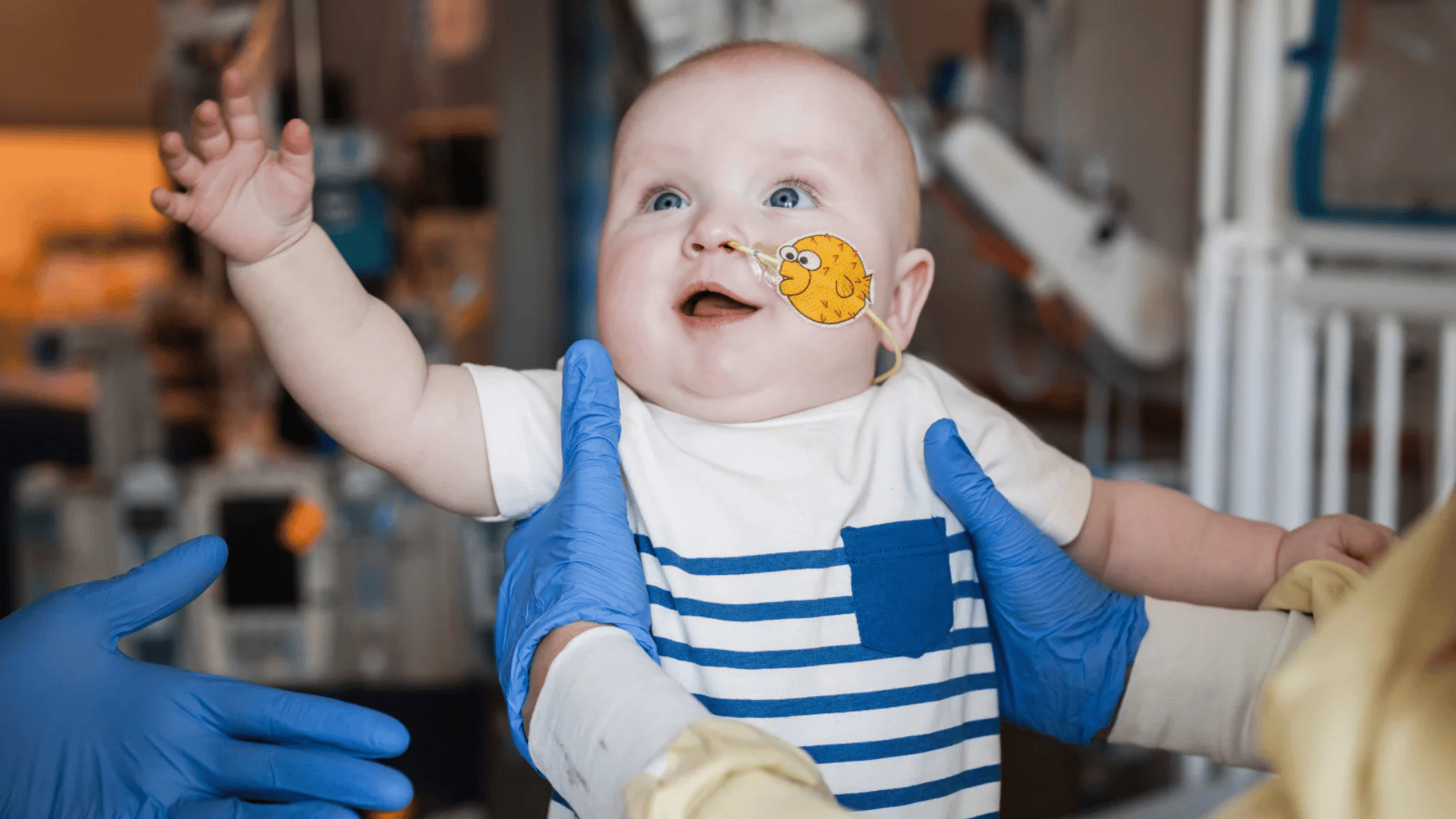A baby was recently successfully treated for a rare, life-threatening genetic disorder using gene-editing therapy.
After a seemingly healthy birth, doctors realized the patient, KJ Muldoon, was born with a carbamoyl phosphate synthetase 1 (CPS1), an inherited genetic disease known as a urea cycle disorder. The mutation causes toxic levels of ammonia to build up in a child’s body whenever they eat protein, making them prone to brain damage and possibly even death.
Gene-Editing Therapy Success

Medicine is only partially effective for treating CPS1 patients, and liver transplants will only work after the patient is one year old and has found a compatible donor. Gene editing could prove an alternative and more timely solution for younger patients.
KJ received three infusions containing billions of microscopic gene editors that located and corrected the mutation in his liver. Though doctors will need to continue to monitor the patient to determine the treatment’s success with certainty, the procedure seems to have initially reversed his condition.
“It’s really exciting,” Dr. Rebecca Ahrens-Nicklas, an assistant professor of pediatrics and genetics at the Children’s Hospital of Philadelphia (CHOP) and the University of Pennsylvania, who treated the child, said to NPR. “He’s a pioneer.”
The findings were described by Ahrens-Nicklas and her colleagues in The New England Journal of Medicine and at a meeting of the American Society of Gene & Cell Therapy.
“This shows the potential — that we can really open the door for these transformative treatments for patients who really have no other options,” Ahrens-Nicklas stated. “It really is sort of limitless in terms of what the possibilities are.”
Doctors are currently trialing the use of gene editing to treat blood disorders, high cholesterol, cancer, and some forms of genetic blindness.
According to Dr. Peter Marks, who was previously the Food and Drug Administration official overseeing gene-therapy regulation and wrote an editorial accompanying this research paper, said to The New York Times that this new method of treatment, “is, to me, one of the most potentially transformational technologies out there.”







